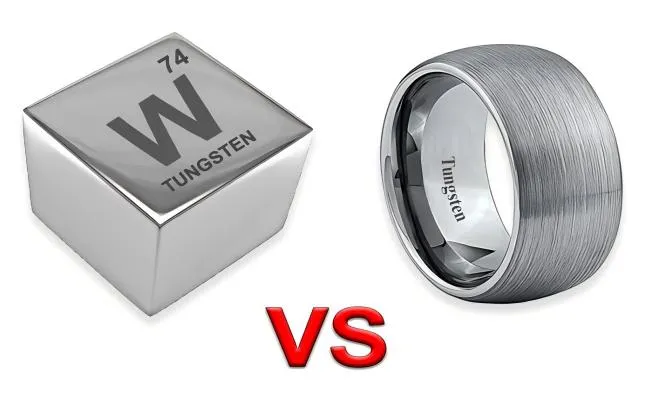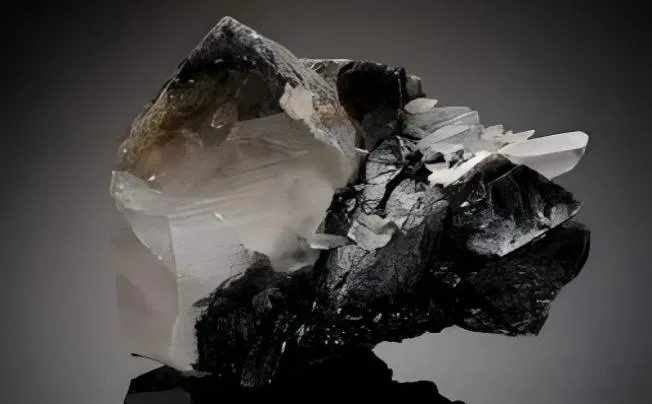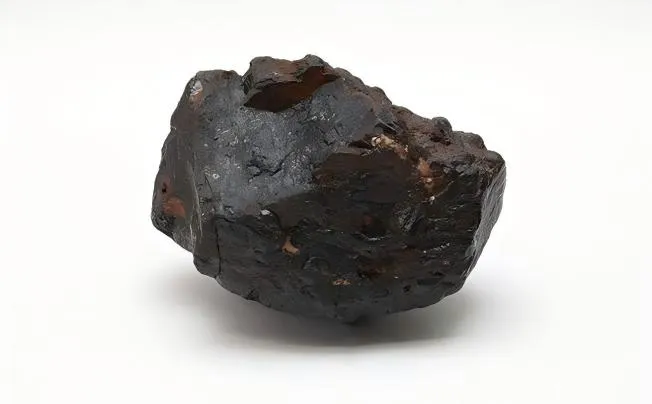Ferroalloys are indispensable components in metallurgy, serving as fundamental building blocks that enhance the properties of iron and steel. As alloys are composed primarily of iron and other elements, they play a crucial role in determining the performance characteristics of various metal products.
Production Process of Ferroalloys
The Art of Selecting Raw Materials
The production of ferroalloys begins with the meticulous selection and preparation of raw materials, which is pivotal for achieving the desired chemical and physical properties in the final product. The primary base metals utilized in ferroalloy production include iron, manganese, chromium, and silicon. These metals are sourced from various global mining operations where their ore forms are extracted and processed.
The purity and quality of these ores directly influence the properties of the alloy produced; thus, rigorous standards are implemented to ensure that only high-grade materials make it to the next stages of production. Once selected, these raw materials undergo several steps to prepare them for smelting. For instance, ores often require crushing and grinding to liberate the metal content from impurities, followed by separation techniques such as flotation or magnetic separation to isolate valuable minerals.
Additionally, pre-treatment processes may involve roasting or agglomeration—where fine particles are compressed into larger pellets—to enhance smelting efficiency. This phase is a critical juncture as any contaminants that remain can detrimentally affect both yield rates during production and the alloy's performance in applications. Moreover, proper blending of raw materials is essential for achieving specific alloy compositions.
This involves carefully calculating ratios based on desired end properties such as tensile strength or resistance to corrosion. By employing advanced analytical techniques like X-ray fluorescence (XRF) spectrometry during this phase, producers can ensure precision in their formulations that meet industry standards while optimizing material use.
Smelting
Smelting is arguably one of the most vital steps in ferroalloy production—the process through which elemental metals are extracted from their ores through high-temperature reduction reactions. Typically conducted in electric arc furnaces (EAF) or blast furnaces (BF), smelting provides an environment where controlled heat enables metallurgical reactions to take place efficiently.
In electric arc furnaces specifically designed for ferroalloys, electrodes create arcs that generate temperatures exceeding 1,600 degrees Celsius—sufficiently high enough to melt iron ore and facilitate reactions between various components like carbon sources. During smelting, carbon acts as a reducing agent; it helps separate oxygen from metal oxides present within ore feedstock.
As metallic compounds undergo reduction reactions at extreme temperatures, they melt into a molten state that allows distinct phases—a metallic alloy phase rich in dissolved elements—and a slag phase containing impurities— to separate naturally due to density differences. Operators monitor temperature levels closely while adjusting material inputs dynamically based on real-time chemical analysis ensuring optimal conditions throughout this pivotal transformation process.
Moreover, advanced techniques like submerged arc furnace (SAF) technology have emerged as preferred methods since they enhance energy efficiency by minimizing heat loss while allowing greater control over alloy composition adjustments during smelting cycles.
Types of Ferroalloys
Ferromanganese
Ferromanganese is one of the most vital ferroalloys utilized in steelmaking, primarily due to its ability to enhance the mechanical properties of steel. This alloy, composed predominantly of iron and manganese, serves as a deoxidizer, helping to remove impurities during the steel-making process.
The presence of manganese in ferromanganese not only improves strength and ductility but also enhances wear resistance and toughness. As a result, ferromanganese is essential in producing high-quality steels used in diverse applications ranging from construction to automotive manufacturing.
The production methods for ferromanganese can vary based on the desired grade and specifications. Typically produced through a smelting process involving the reduction of manganese ore with carbon sources such as coke or charcoal in electric arc furnaces or blast furnaces, this process allows for precise control over chemical compositions.
The process yields several grades of ferromanganese, including high-carbon (HCFeMn), medium-carbon (MCFeMn), and low-carbon (LCFeMn) variants—each tailored for specific applications within various industries.
Ferrosilicon
Ferrosilicon stands out as another crucial ferroalloy with multifaceted applications across metallurgy and beyond. Composed primarily of iron and silicon, it plays an indispensable role as a deoxidizing agent during steel creation while simultaneously contributing to improved strength and corrosion resistance when alloyed with other metals.
Ferrosilicon finds use not only within metallurgical processes but also serves critical functions in foundries where its insulating properties protect molten metal from oxidation during casting. The production methods employed for ferrosilicon involve similar smelting techniques utilized for other ferroalloys but often emphasize different raw materials ratios depending on purity requirements.
Typically produced by reducing silica with carbon materials at high temperatures using electric furnaces or submerged arc furnaces, careful monitoring ensures that specific silicon content is achieved—a factor pivotal for its application versatility across industries such as automotive components manufacturing or silicone rubber products. On analyzing global market trends surrounding ferrosilicon, it becomes evident that this alloy has steadily captured a significant market share owing to its indispensable role in modern metallurgy.
Niche Ferroalloys: Rarely Known Varieties
Ferrotitanium
Ferrotitanium is a remarkable ferroalloy that blends the strength of titanium with the malleability of iron. This alloy typically contains around 10-20% titanium and is renowned for its exceptional strength, corrosion resistance, and lightweight properties. Ferrotitanium finds diverse applications in industries such as aerospace, automotive, and construction due to its ability to enhance the strength and durability of materials without adding excessive weight.
In terms of production methods, Ferrotitanium is commonly manufactured through the aluminothermic reduction process. In this process, titanium oxide and iron oxide are reduced by aluminum in a reaction that generates intense heat.
The resulting alloy is then refined to achieve the desired composition and quality standards. Despite being a niche product, Ferrotitanium plays a crucial role in enhancing the performance characteristics of various high-tech applications.
Ferrophosphorus
Ferrophosphorus stands out as a specialized ferroalloy that incorporates phosphorus into its composition, typically ranging from 20-28%. This alloy exhibits unique characteristics such as increased hardness, wear resistance, and improved machinability when added to other metals like steel.
Industrially, Ferrophosphorus finds its niche in the production of high-strength steels for structural components in machinery, tools, and infrastructure projects. The production techniques for Ferrophosphorus involve smelting phosphate rock or elemental phosphorus with iron ores in electric arc furnaces or blast furnaces under controlled conditions.
The resulting alloy is then subjected to refining processes to remove impurities and ensure uniform distribution of phosphorus content. Despite its lesser-known status compared to mainstream ferroalloys, Ferrophosphorus plays a vital role in enhancing the mechanical properties of specialized steel products.
Future Outlook for the Ferroalloy Industry
The ferroalloy industry is on the precipice of significant transformation, driven by both technological advancements and evolving market demands. Modernization is not merely a matter of upgrading existing processes; it encompasses a holistic approach that integrates cutting-edge technologies aimed at enhancing productivity while minimizing environmental impact.
Innovations such as automation, artificial intelligence, and data analytics are expected to revolutionize production methods, fostering a paradigm shift in operational efficiency. By leveraging these technologies, manufacturers can achieve greater precision in alloy composition control and process optimization, which ultimately redefines quality standards in the ferroalloy space.
Moreover, sustainability has emerged as a pivotal focal point for industries worldwide. The ferroalloy sector is no exception; companies are increasingly compelled to adopt greener practices that align with global efforts to mitigate climate change.
Innovations in carbon capture and storage technology present new avenues for reducing greenhouse gas emissions during the smelting process. Similarly, advancements in recycling techniques promise to enhance resource efficiency by allowing producers to recover valuable metals from scrap materials.







